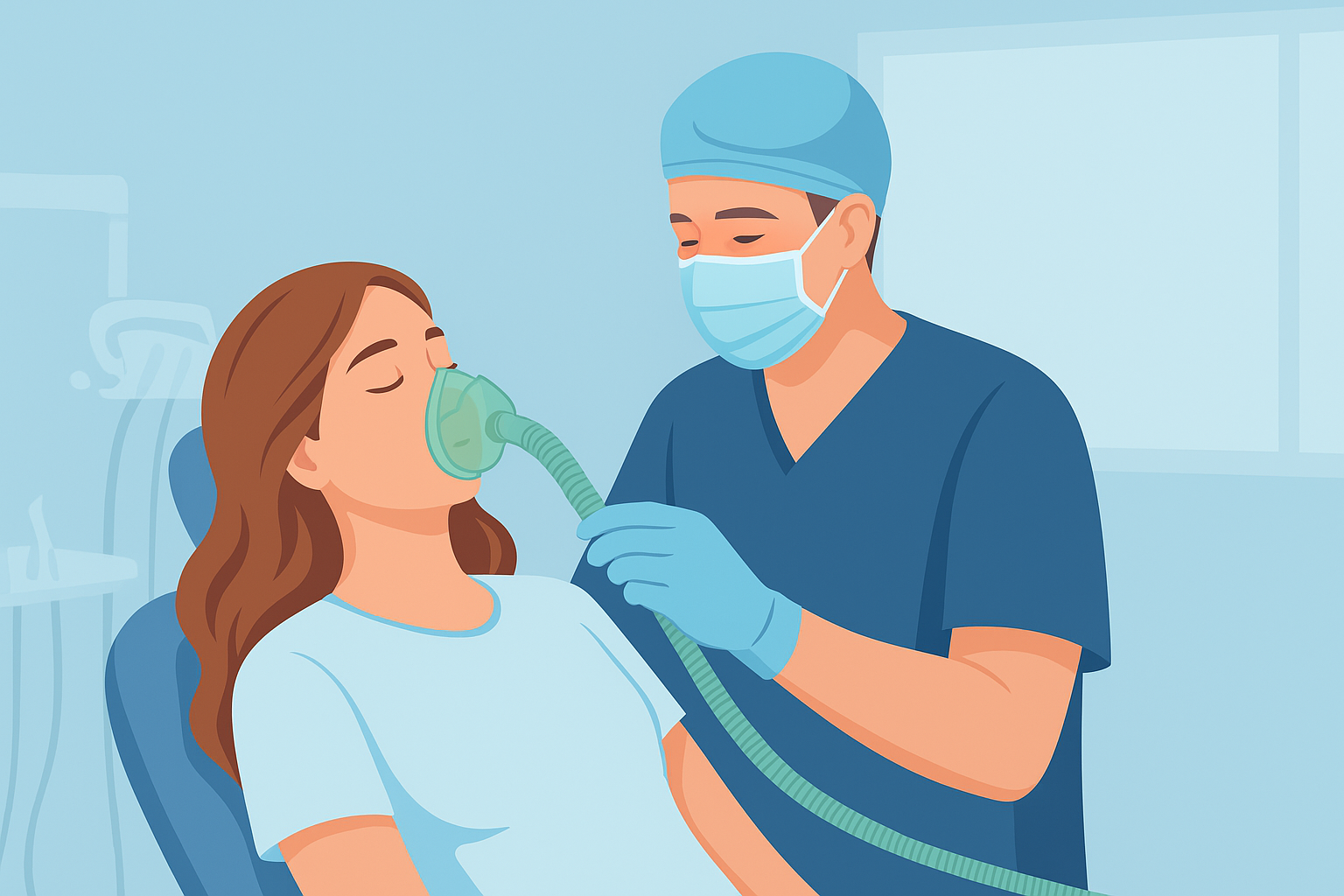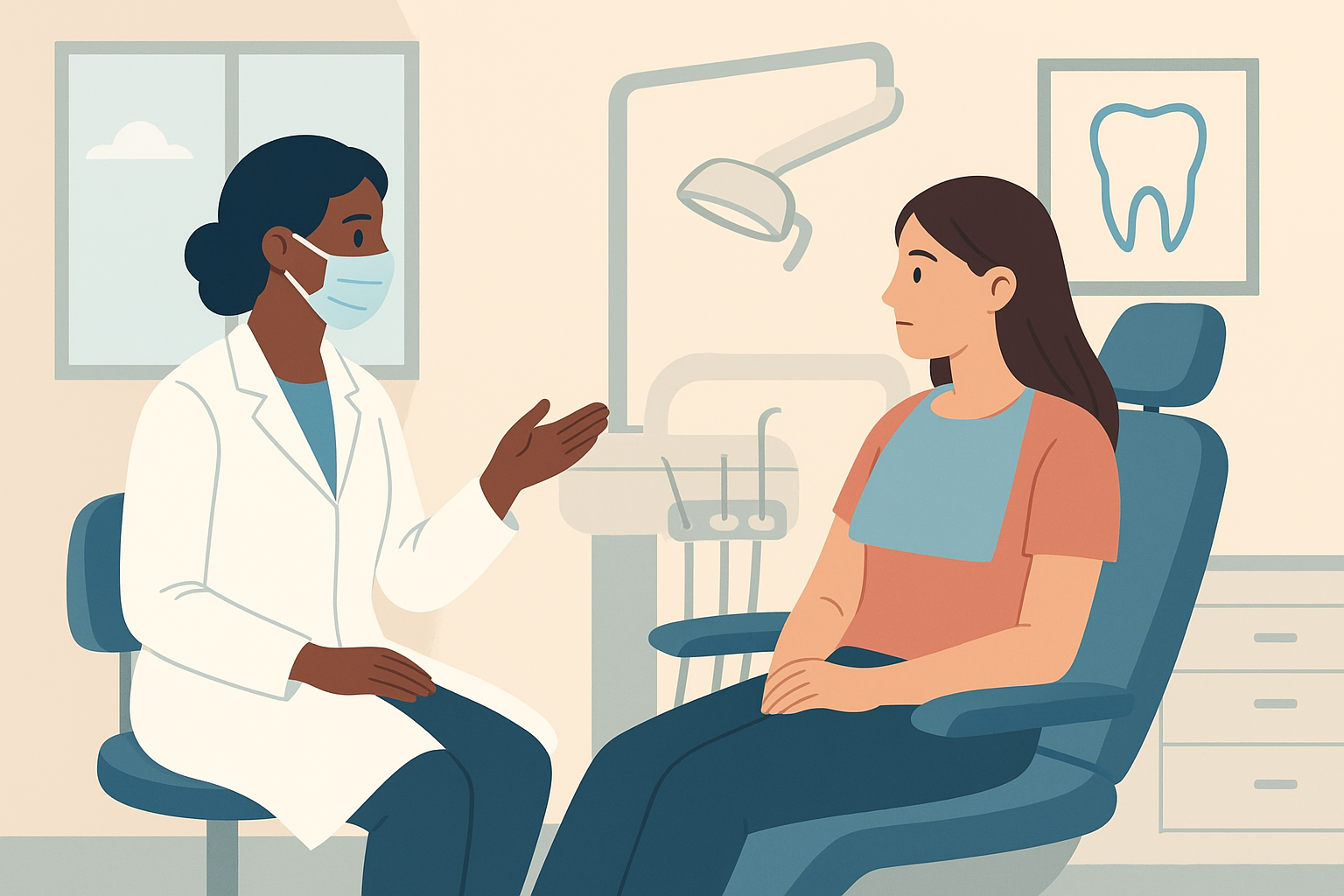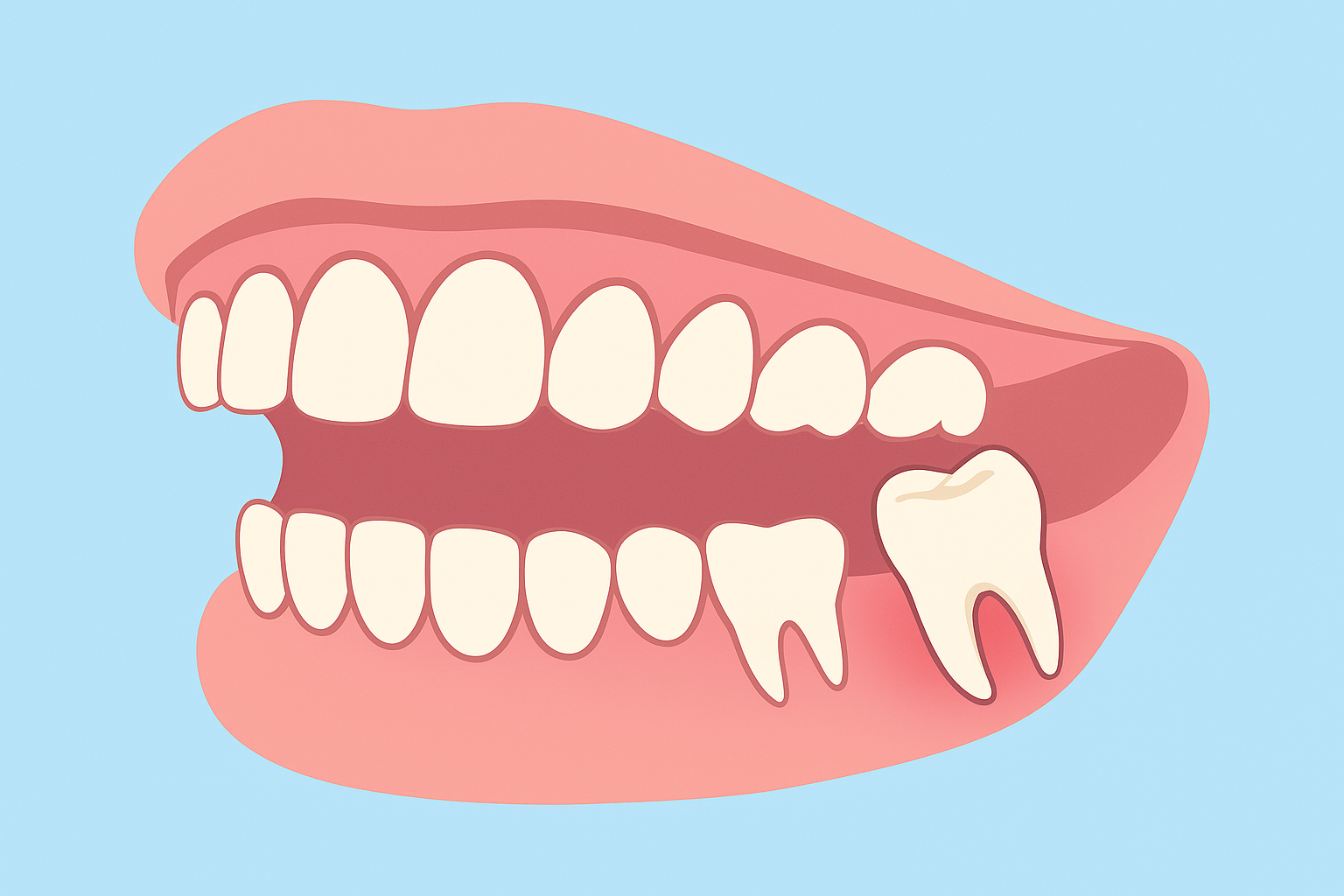Your Guide to Wisdom Tooth Sedation

When you begin planning for wisdom teeth removal, one topic quickly becomes the center of the conversation: sedation. The right sedation method determines how relaxed you feel, how smooth the procedure runs, and how comfortable you remain throughout the entire experience. Whether you’re anxious about oral surgery or simply want to understand your options, knowing the difference between each type of sedation can help you make a confident, informed decision.
This in-depth guide breaks down the sedation levels used in wisdom teeth removal and explains what you can expect before, during, and after your procedure. With clear structure, short paragraphs, and a friendly, professional tone, it’s designed to support both clarity and search visibility.
Why Sedation Matters in Wisdom Teeth Removal
Wisdom teeth removal involves working around nerves, bone, and soft tissue, and even simple cases can create anxiety for many patients. Sedation reduces tension, keeps you comfortable, and prevents unnecessary movement during the procedure. It also helps patients who fear dental visits or feel nervous about pressure, sound, or awareness during surgery.
If you’ve read resources like the detailed wisdom guide, you may already understand the complexity of impacted or angled teeth. Sedation ensures that both you and your surgeon have the most controlled and comfortable experience possible. Patients who have explored oral surgery topics like bone graft also appreciate how essential comfort and stillness are during surgical procedures.
Understanding the Levels of Sedation
Sedation for wisdom teeth removal ranges from extremely light relaxation to full unconsciousness. Each method offers unique advantages depending on your comfort level, the difficulty of your extraction, and your medical history.
Minimal Sedation: Nitrous Oxide
Nitrous oxide, known as laughing gas, is the mildest form of sedation used in dental surgery. You inhale it through a small nasal mask, and within moments you feel lighter, calmer, and less aware of your surroundings.
Ideal for:
- Patients with mild anxiety
- Simple, quick extractions
- Those who prefer to remain fully awake
- Individuals who want to drive themselves home afterward
Moderate Sedation: Oral Sedatives
Oral sedation involves taking a prescription medication—usually a pill—before the procedure. This method produces deeper relaxation than nitrous oxide, and although you remain awake, you feel dreamy and calm, with limited memory of the surgery.
Benefits include:
- Significant anxiety reduction
- Comfortable, drowsy state
- Simple administration
- Little awareness of the procedure
Because oral sedatives affect coordination for several hours, you will need someone to drive you home. Many patients dealing with gum sensitivity or discomfort—topics similar to what is discussed in the bleeding gums resource—find this level of sedation especially helpful for maintaining comfort.
Deep Sedation: IV Sedation
IV sedation is one of the most commonly selected methods for wisdom teeth removal. Medication delivered through a vein allows your surgical team to control the depth of sedation in real time, keeping you in a restful, sleep-like state.
Advantages of IV sedation:
- Fast, adjustable onset
- Comfortable sleep-like experience
- Minimal or no memory of the appointment
- Ideal for multiple or complex extractions
This option is often recommended for patients with significant impactions or for those who feel deeply anxious.
General Anesthesia: Fully Asleep
General anesthesia places you into a medically controlled unconscious state. It is the deepest form of sedation and is typically used in cases involving extensive surgical work, severe anxiety, or unique medical considerations.
Best suited for:
- Patients with extreme dental anxiety
- Very complicated extractions
- Individuals requiring complete unconsciousness
- Procedures needing hospital-grade monitoring
General anesthesia requires a highly structured medical evaluation before approval to ensure safety and suitability.
How to Compare Your Sedation Choices
Several important factors determine which sedation option is best for you. These considerations support your comfort, safety, and overall surgical experience.
Anxiety Level
If the idea of oral surgery creates overwhelming stress, deeper sedation—such as IV sedation—keeps you fully relaxed.
Pain Sensitivity
Patients with low pain tolerance or a strong gag reflex often prefer moderate or deep sedation for predictable comfort.
Extraction Complexity
Impacted or infected wisdom teeth often require more advanced sedation. This is especially true when symptoms resemble those outlined in the infected tooth guide, where inflammation and discomfort increase surgical challenge.
Medical History
Your medical background, medications, and allergies will determine the safest level of sedation for you.
Post-Procedure Preferences
Nitrous oxide wears off quickly, while oral and IV sedatives require more recovery time. Your schedule and tolerance for grogginess may influence your choice.
Preparing for Sedation: What Happens Before Surgery
Proper preparation ensures a safe, smooth experience. Your surgeon may instruct you to:
- Avoid food or drink for several hours before deeper sedation
- Wear comfortable clothing, especially with accessible sleeves
- Arrange transportation home if not using nitrous oxide
- Share all medications and supplements with your surgeon
A brief health evaluation—checking oxygen levels, blood pressure, and heart rate—helps verify that you are ready for the planned sedation.
What Happens During the Procedure
After sedation begins working, your surgical team monitors your oxygen levels, heart rate, and breathing throughout the procedure. With minimal sedation, you stay awake and aware but fully relaxed. With oral sedation, IV sedation, or general anesthesia, you enter a calmer state with little or no memory of the surgery.
The removal itself varies depending on tooth position. Some teeth are lifted cleanly from the socket; others require sectioning or removal of small amounts of bone. These techniques are far simpler than advanced procedures like zygomatic implants, which often gives patients reassurance about the routine nature of wisdom teeth removal.
Immediately After Sedation: What to Expect
You will move to a quiet recovery area once the procedure is complete. There, you gently regain awareness while your vital signs are monitored.
- You may feel groggy or slightly disoriented
- Oral and IV sedation can take several hours to diminish
- You will receive detailed home-care instructions before leaving
Nitrous oxide wears off faster than any other sedation method, giving you the most immediate return to normal activity.
Common Side Effects of Sedation
Some normal, short-term effects include:
- Drowsiness
- Temporary confusion
- Dry mouth
- Mild nausea
- Slight headaches
- Slow reflexes
These symptoms fade as the sedative leaves your system.
Aftercare Tips for a Smooth Recovery
Your recovery depends on the difficulty of your extraction, but the following steps support healing:
- Rest for the first day
- Keep gauze in place to control bleeding
- Use ice packs to minimize swelling
- Stay hydrated and choose soft foods
- Avoid smoking, drinking through straws, or forceful rinsing
- Begin gentle brushing when approved
- Use prescribed medications exactly as directed
Steady, careful aftercare supports the predictable healing described in many oral surgery guides.
When to Contact Your Surgeon
Call your surgeon if you notice:
- Heavy or persistent bleeding
- Pain that worsens after day three
- Fever, chills, or discharge
- Difficulty breathing
- Foul taste or odor from the surgical site
These symptoms may indicate infection or dry socket, which are similar to issues described in the infected tooth guide and should be treated promptly.
Final Thoughts: Sedation Makes Wisdom Teeth Removal Easier
With today’s advanced sedation options, wisdom teeth removal can be comfortable, calm, and surprisingly straightforward. Whether you prefer to stay lightly relaxed or sleep soundly through the entire procedure, there is a sedation level aligned with your comfort, health, and treatment needs. Your oral surgeon will recommend the safest, most appropriate option to give you the best experience possible.

10 Common Myths About Wisdom Tooth Removal
November 12, 2025

What to Eat After Wisdom Teeth Removal: A Complete Recovery Guide
November 26, 2025

7 Signs You Need Your Wisdom Teeth Removed
May 27, 2025

Impacted Wisdom Teeth Symptoms You Shouldn’t Ignore
July 1, 2025

Should You Keep Your Wisdom Teeth? Understanding the Long-Term Effects
November 17, 2025